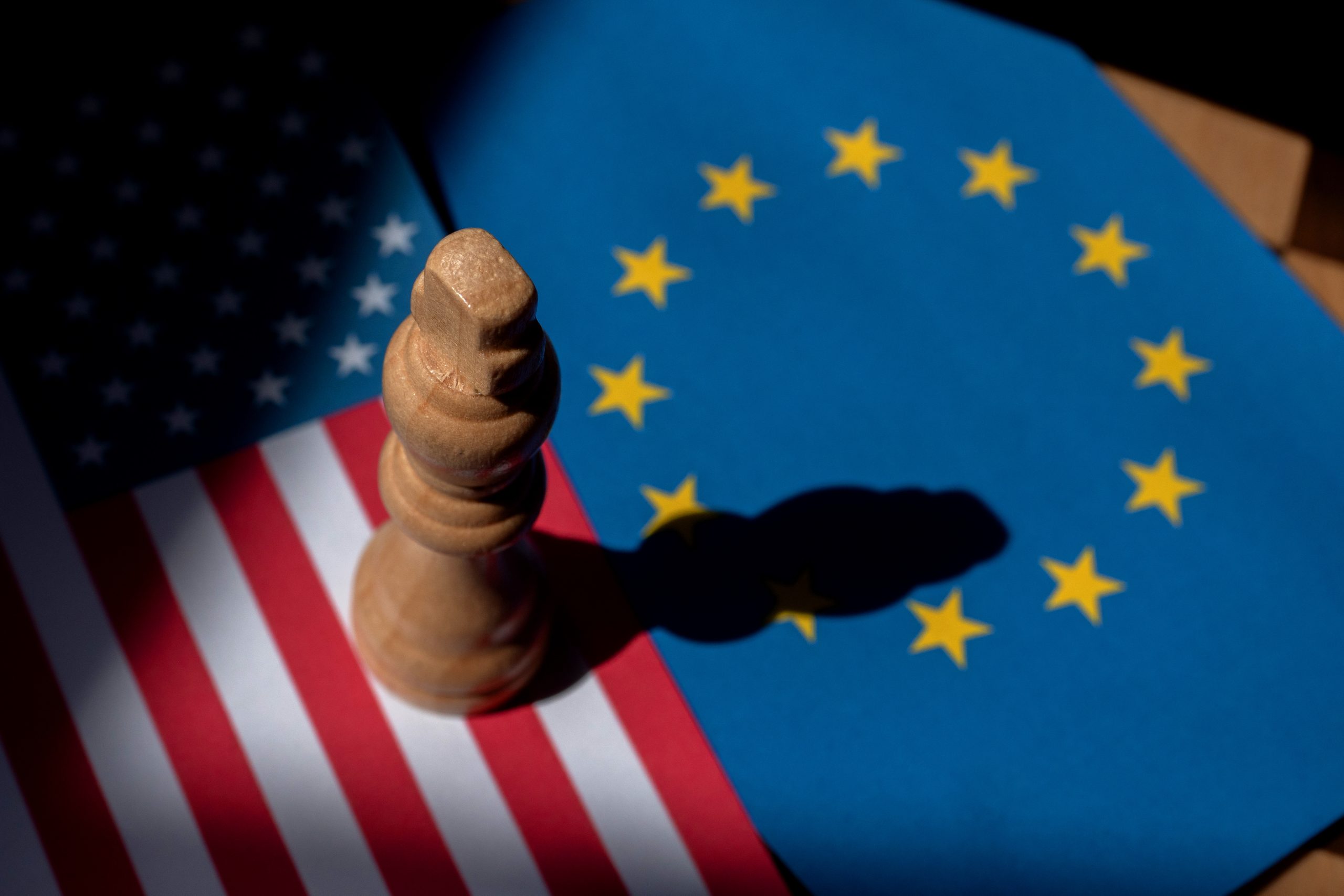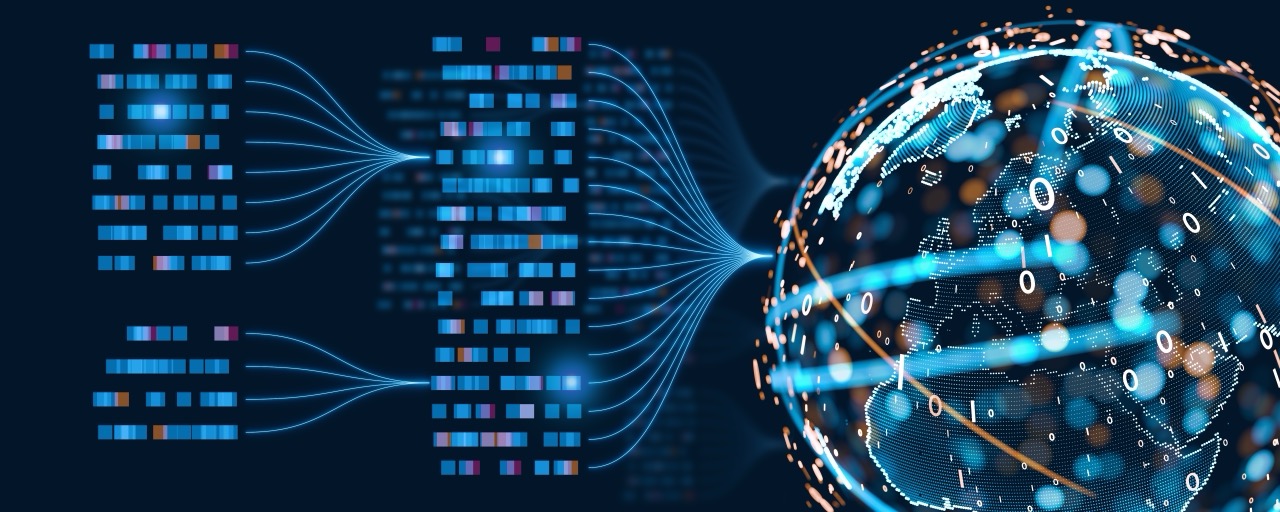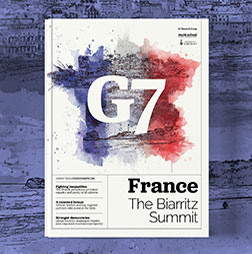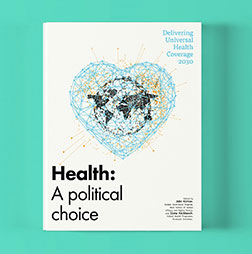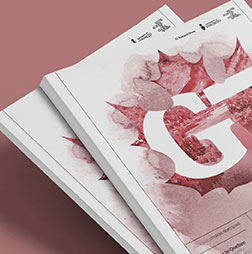The G7 at a critical crossroads
The G7 could well face an existential crisis at Kananaskis because of US president Donald Trump. Whither the G7?
In the 1980s and 1990s, the G7 – led by the United States – steered the global economy. But with the rise of emerging market powerhouses, the G7’s relative heft declined. The G20’s Pittsburgh Summit in September 2009 declared the newer, bigger, broader G20 the premier forum for its leaders’ international cooperation, assigning the G7 an informal role.
Then, over the following 15 years, the G20 floundered. Economic performance in Russia and Brazil weakened, as did China’s subsequently. Russia invaded Crimea and Donbas in 2014 and launched its horrific full-scale invasion in February 2022. US-China tensions mounted amid Chinese president Xi Jinping’s increased authoritarianism and America’s heightened focus on economic statecraft, including the first Trump administration’s pursuit of a more protectionist and isolationist course.
A reinvigorated role for the G7
As the G20 stumbled, the G7 gathered renewed momentum. It was not a smooth ride, as epitomised by the strained US relations with the rest of the G7 at the 2018 Charlevoix Summit, when Trump shamefully disavowed the communiqué to which all had just agreed and launched verbal attacks on the summit’s host, Canadian prime minister Justin Trudeau.
The administration of US president Joe Biden, however, helped revive the G7 as a cohesive, democratically aligned forum. The G7 rolled out sanctions on Russia, including blocking $300 billion in Russian central bank and oligarch assets. It helped raise support for Ukraine, including by transferring proceeds from Russia’s immobilised assets, although unfortunately failing to seize and send all those Russian holdings to Ukraine. The G7 limited Russian energy revenues, including imposing a price cap on Russia’s oil exports. Members worked together on tackling cybersecurity, which would not have been feasible by the G20 given the presence of Russia and China. The G7 adopted a hardened line against China’s challenge to western security.
All this cohesion, trust and unity are unravelling as the Kananaskis Summit approaches. US relations with its long-time allies in Europe have become highly strained. Donald Trump is tearing apart the glue that holds the G7 together and it now faces the question of whether it can even continue, or function properly at least over the next four years while Trump is president. It is hard to reach a positive answer for several reasons.
Trump’s attacks on the European Union, claiming that the EU was formed to ‘screw’ America, fly in the face of transatlantic unity and basic comity, and America’s longstanding support for the EU. His tariff threats undermine the liberal trade policies that promoted decades of transatlantic prosperity.
He is right in arguing that Europe must do more for itself, especially on defence. But shunning America’s closest democratic allies while embracing Russian president Vladimir Putin and other authoritarian leaders undermines the cohesion underpinning the G7’s revival. German chancellor Friedrich Merz, always an ardent pro-Atlanticist, shockingly said that his absolute priority will be to strengthen Europe as quickly as possible in order to achieve independence from the US, because Americans under this administration are clearly indifferent to the fate of Europe. Other European leaders have echoed his startling remarks.
Avoiding a fragmented future
Trump seemingly wishes to abandon the North Atlantic Treaty Organization, or disregard its responsibilities. He appears to see little value or have any interest in the G7 as a ‘democracy’ club, given his support for authoritarians. Indeed, he has again called for Russia to be
readmitted to the G7, despite its barbaric war against Ukraine and Putin’s dictatorship. Other G7 leaders have rejected Trump’s mistaken call.
Trump has shown utter disregard for Ukraine, even denying that Russia was the aggressor against Ukraine, notwithstanding the rest of the G7’s steadfast strong support. His berating of Ukrainian president Volodymyr Zelenskyy, supported by US vice-president JD Vance, sent chills up the backs of European leaders and was quickly rebuffed by them.
Trump has turned America’s policies on climate change on their head, while Europe continues to do its best to forge ahead.
European officials have reservations about trusting and working with Trump’s intelligence team.
Moreover, Trump’s deprecations and disdain for Canadian sovereignty will only exacerbate the underlying tensions surrounding the Kananaskis Summit.
The foundations supporting the western alliance, NATO, liberal trade and the G7 – and, frankly, American global leadership – are being torn asunder by the current US administration. Whatever the status of these issues at Kananaskis, enormous damage has been done. The G7 Kananaskis Summit may be a frigid affair, even if it is warm and sunny outside.
